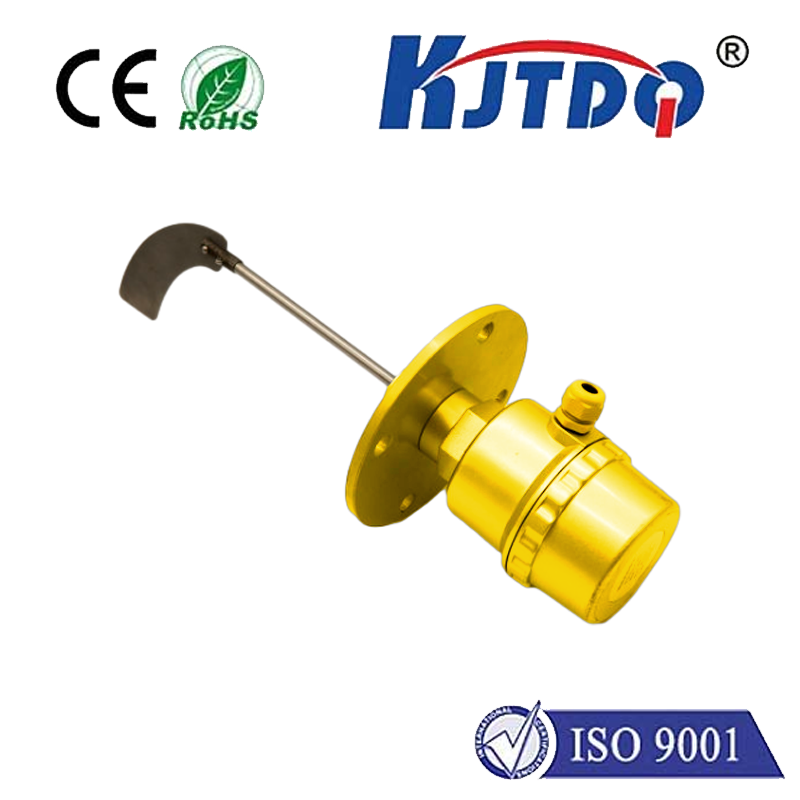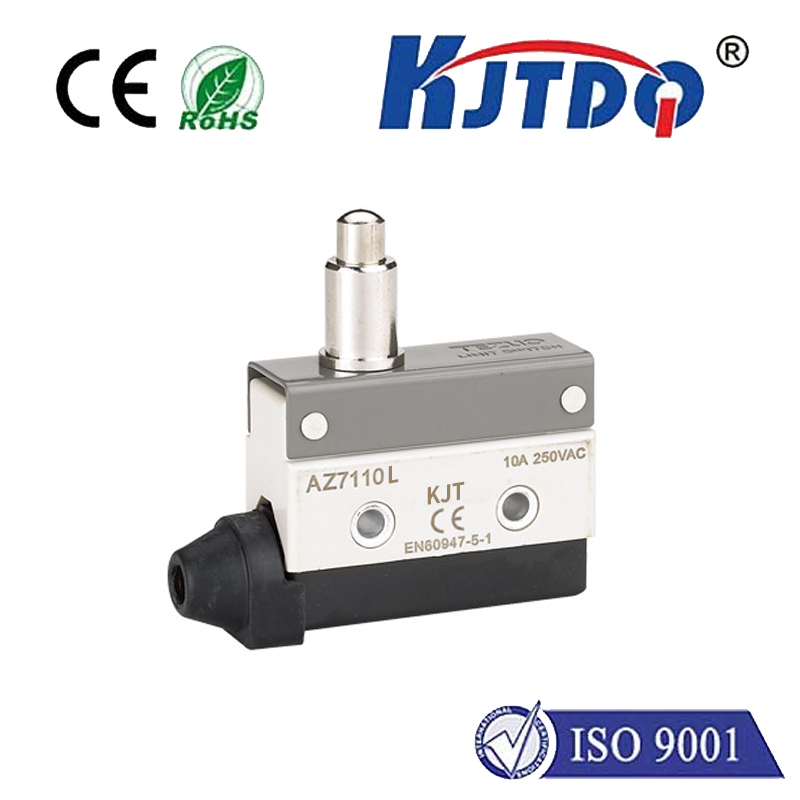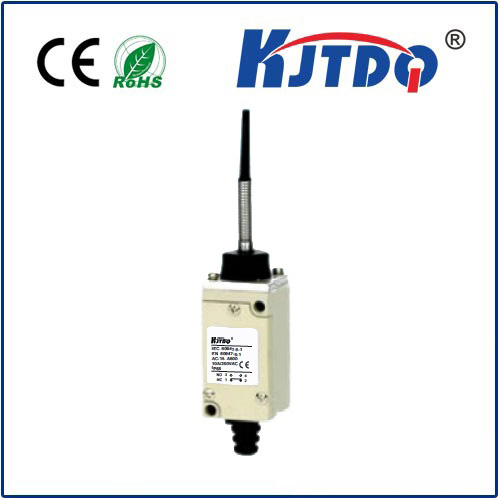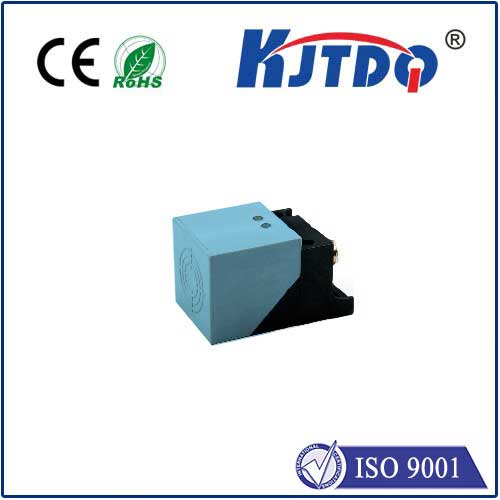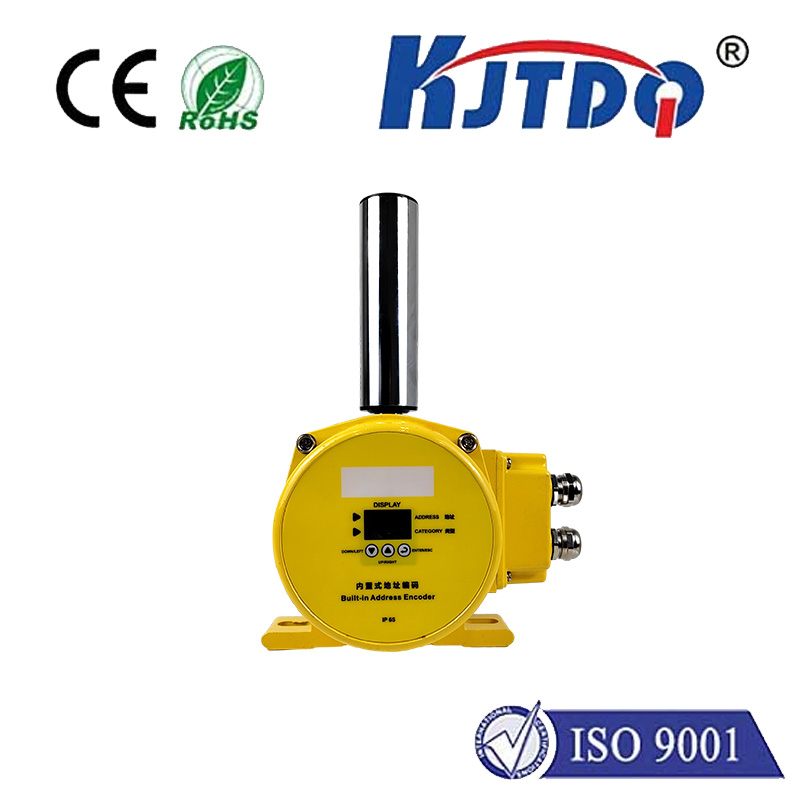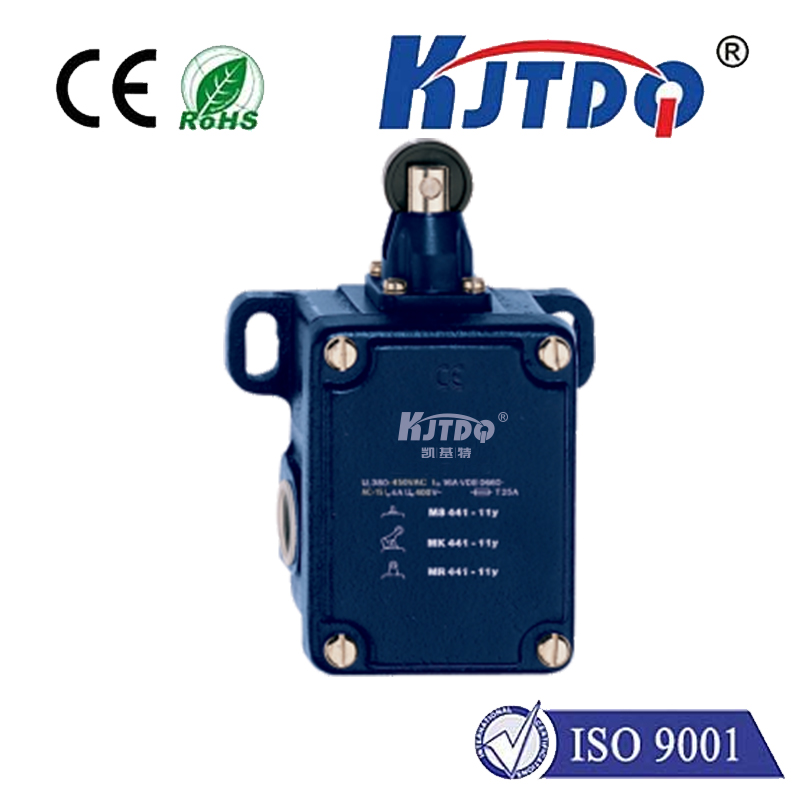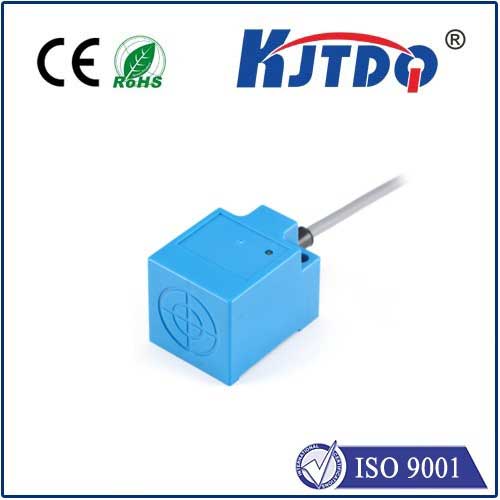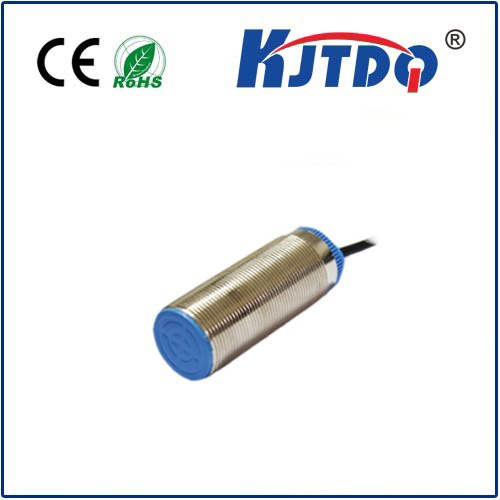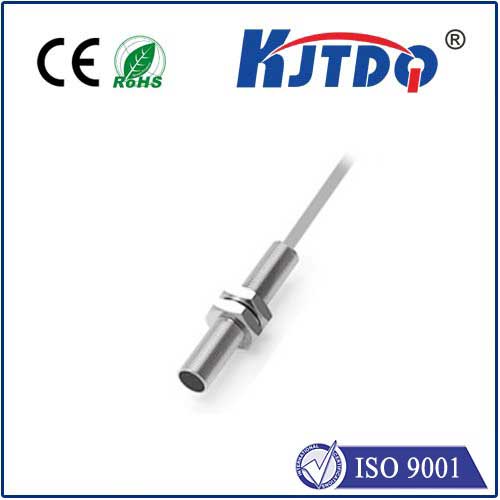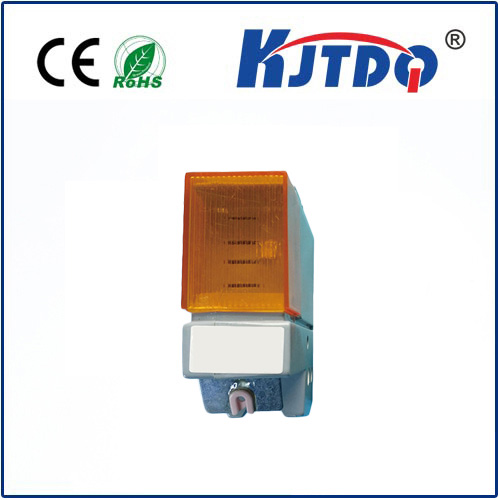
check

check

check

check
In the world of industrial measurement, precision is key. This is where laser height gauges come into play. A laser height gauge, as the name suggests, utilizes a laser to measure distances with exceptional accuracy. These devices have revolutionized the way industries approach their measurement needs, offering a level of precision that was previously unattainable. In this article, we will delve into the workings and benefits of laser height gauges.
Laser Height Gauge Basics
A laser height gauge operates on the principle of optical triangulation. It projects a laser beam onto the target surface and then uses a sensor to detect the position where the light reflects back. By calculating the angle of the reflected light, the gauge determines the exact distance from the device to the surface. This method allows for non-contact measurement, which is crucial in environments where touching the object could damage it or affect its surface properties.
Applications Across Industries
The use of laser height gauges extends across various sectors including manufacturing, construction, and quality control. In manufacturing, these gauges ensure components are made to precise specifications, reducing waste and improving efficiency. In construction, they help in leveling floors and checking the straightness of structures, ensuring structural integrity. Quality control departments also rely on laser height gauges to inspect products for any deviations from the designed parameters.
Benefits Over Traditional Methods

Traditional measurement methods often involve physical contact, such as using calipers or micrometers, which can be time-consuming and potentially damaging to fragile materials. Laser height gauges offer a non-invasive approach, allowing measurements to be taken quickly without the risk of harming the object. Additionally, they provide digital readouts that can be easily recorded and analyzed, reducing the possibility of human error inherent in manual recording.
Accuracy and Repeatability
One of the most significant advantages of laser height gauges is their high degree of accuracy and repeatability. These devices are capable of measuring to within microns, making them ideal for applications where tight tolerances are required. Their consistency also means that repeated measurements under the same conditions will yield very similar results, ensuring reliability in quality control processes.
Technological Advancements
As technology progresses, so too does the capabilities of laser height gauges. Modern units often feature enhanced software that can perform complex calculations, store data, and even connect to other devices for integration into automation systems. Some models include additional sensors for improved accuracy in varied conditions, such as different lighting environments or when measuring reflective surfaces.
Integration and Automation
The integration of laser height gauges into automated systems has opened up new possibilities for streamlining operations. By automatically collecting measurement data, production lines can adjust in real-time to maintain consistent product quality. This not only reduces downtime but also optimizes resource usage by minimizing waste.
The Future of Precision Measurement
Looking forward, the development of laser height gauges shows no signs of slowing. With advancements in machine learning and artificial intelligence, future models may become even more intelligent, capable of self-calibrating and adapting to changing conditions. This continuous evolution ensures that laser height gauges will remain at the forefront of precision measurement for years to come.
Conclusion
Laser height gauges represent a pinnacle in the domain of measurement technology. Their combination of non-contact operation, high precision, and digital output make them invaluable tools across diverse industries. As technology advances, expect these devices to become even more sophisticated, further cementing their status as essential equipment for those demanding accuracy and efficiency in their operations.
